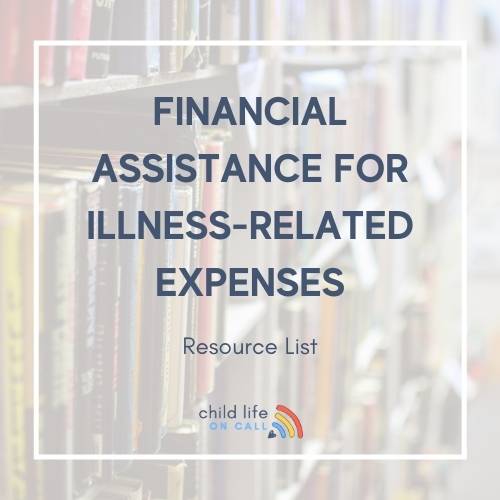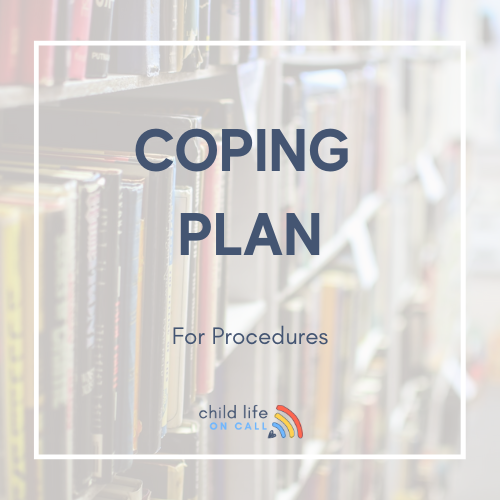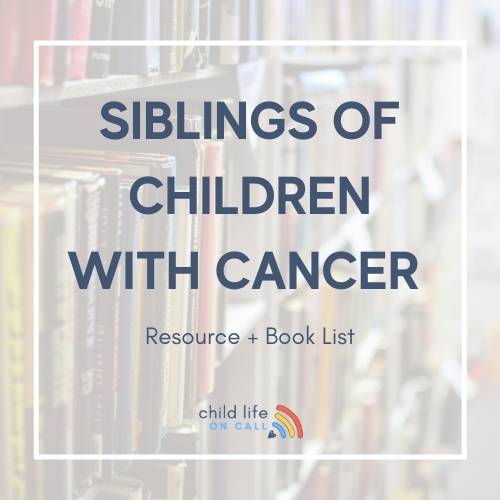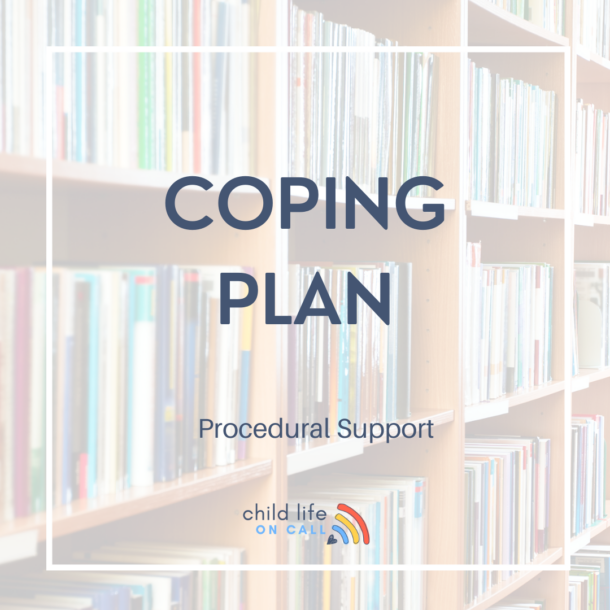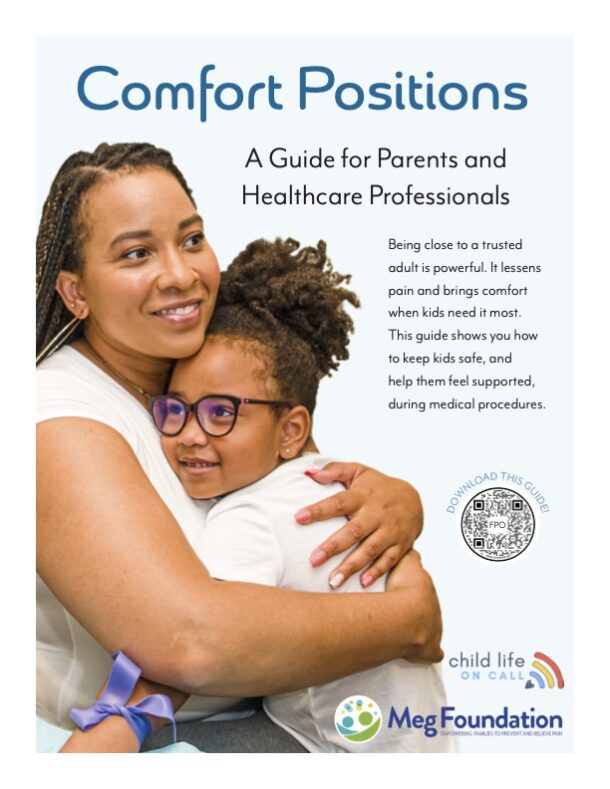Therefore, it’s essential to ask parents about their own physical and emotional health to get a comprehensive picture of a patient’s overall well-being.
Five ways the care team can provide parents with the necessary rest, support, and resources they need to care for their child:
- Educate parents on resources available to them and their children.
- Advocate for the rights and needs of parents and their children, with a focus on evidence-based strategies.
- Provide parents with psychological support to help them deal with their child’s illness or injury.
- Identify and address things that can make it hard for parents and children to be healthy. These things include not having enough money, not having the same opportunities as other people, and not being able to see a doctor or get medicine.
- Make sure that families are connected with the right medical professionals. This way, treatments can start as soon as possible and people will stay healthy.
Child life services are a cost-effective way to provide support to patients and families. (Hatcher & Boyle, 2016)
Child life specialists provide evidence-based support to caregivers and extended family members to foster healthy development for their children despite medical challenges. They do this by empowering and educating families on the care of their children, offering emotional support to help alleviate stress and anxiety, encouraging effective communication between the family and the healthcare team, assisting with difficult conversations such as the end-of-life choices or outcomes, and connecting families to available resources for additional help. By providing evidence-based support strategies, child life specialists strive to better equip families to handle their child’s medical needs as well as aid them in handling any personal or familial issues that may arise.
In a fast-paced hospital setting, it’s easy to overlook the parents’ well-being in favor of focus on the child. However, asking questions about the parent’s health can give doctors a more comprehensive understanding of the patient’s overall condition. Knowing how the parents are doing can help physicians identify resources, support services or interventions which can benefit both the child and their family. Asking about the parents’ wellbeing is an opportunity to provide guidance and advice – but it also helps build trust between doctors and families. Taking time to ask these essential questions can make a huge difference for everyone involved.
The next time you’re on pediatric rounds, don’t forget to ask the parents how they are doing. It’s an essential question that can help you understand the patient’s overall condition, identify resources and support services, and build trust with families. Child Life On Call is a hospital app that helps staff quickly connect families with resources, so be sure to request a demo at childlifeoncall.com/facilities.
Hatcher, C. D., & Boyle, K. M. (2016). A Cost-Effectiveness Study of Child Life Services in a Pediatric Hospital Setting. Journal Of Pediatric Nursing, 31(3), 301-311. doi:10.1016/j.pedn.2015.09.009



